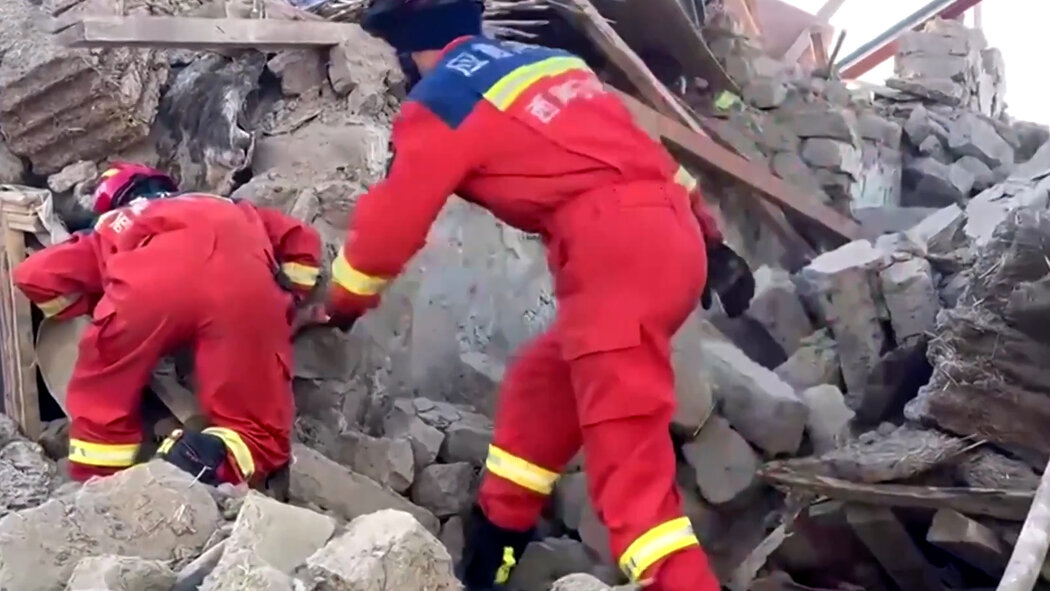The magnitude 7.1 earthquake that struck remote Tibet in western China on January 7, 2025, has had devastating consequences for the region. Initial reports indicate that at least 126 people have lost their lives, with an additional 188 individuals injured. The quake's epicenter was located near Mount Everest, a region known for its rugged terrain and sparse population. However, the impact of such a disaster is magnified by the area's limited infrastructure and accessibility, which complicates rescue efforts and the delivery of aid.
Earthquakes in China happen most frequently on the Tibetan Plateau or its fringes. The seismically active area is where the India and Eurasia plates clash and cause uplifts that can be strong enough to change the heights of Himalayan peaks.
In May 2008, a 7.9 earthquake in Sichuan province in the southwest killed nearly 90,000 people. The collapse of schools and other buildings led to a yearslong effort to rebuild using more quake-resistant materials.
The confirmed death toll stood at 126 with another 188 injured as of Tuesday evening. The earthquake struck the city of Xigaze, the traditional seat of the Panchen Lama, the second-highest figure in Tibetan Buddhism. It was not immediately known whether he was in his Tashi Lhunpo Monastery at the time of the quake or how much damage the city sustained. The quake's distance from Xigaze, which sprawls across a high altitude plain, was about 25 kilometers (15 miles).
The Chinese government and followers of the Dalai Lama, Tibetan Buddhism's highest figure, have feuded over who should hold the position of Panchen Lama since a boy appointed by the Dalai Lama disappeared in the mid-1990s and a Chinese-backed candidate was approved for the position. The Dalai Lama, viewed by the Chinese government as a dangerous separatist, denounced the move and has refused to recognize the current Panchen Lama.
China’s top leader, Xi Jinping, ordered officials to minimize casualties and resettle survivors. The Chinese authorities deployed 3,400 rescuers and more than 340 medical workers for the search effort, and dispatched tents, folding beds, winter coats and quilts, state media reported.
Rescue efforts could be affected by bottlenecks caused by damaged roads, said Robert Barnett, a professor from SOAS University of London, who has visited the region and described it as looking like “vast moonscape.”
The earthquake also raised concerns regarding building practices in this seismically active region. The destruction caused by the quake underscores potential vulnerabilities in construction standards . As aftershocks continue to be felt across Tibet and into neighboring Nepal—where damage occurred but no casualties were reported—the urgency for improved safety regulations becomes increasingly evident. This event serves as a poignant reminder of the challenges faced by communities living in geologically volatile areas.
Read more
Match Recap: Arsenal 0-2 Newcastl Brian Matusz Passes Away aged at 37Sarah H
Also on site :
- Call Me Izzy reviews: Jean Smart ‘dazzles’ critics in one-woman Broadway show after 25-year stage hiatus
- CNN correspondent in tears as she reveals MTV VJ Ananda Lewis’ final text before her death
- Ohio doctor threatened after pro-vaccine TikTok video

